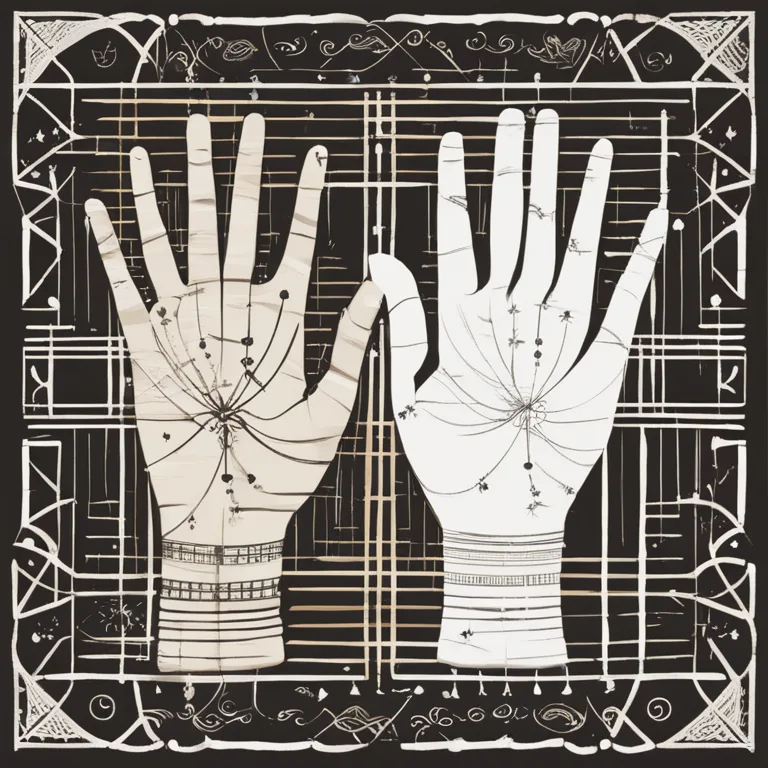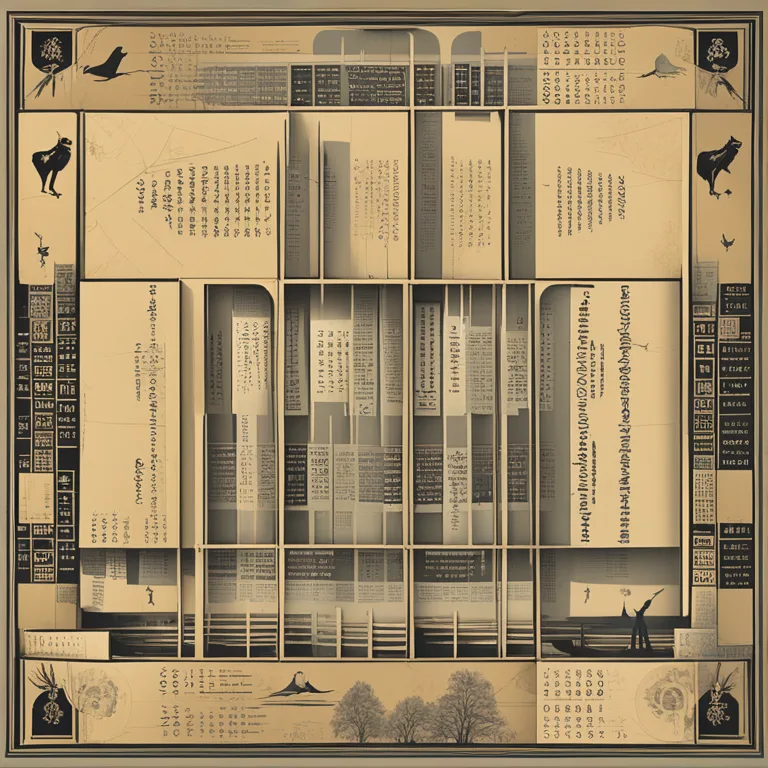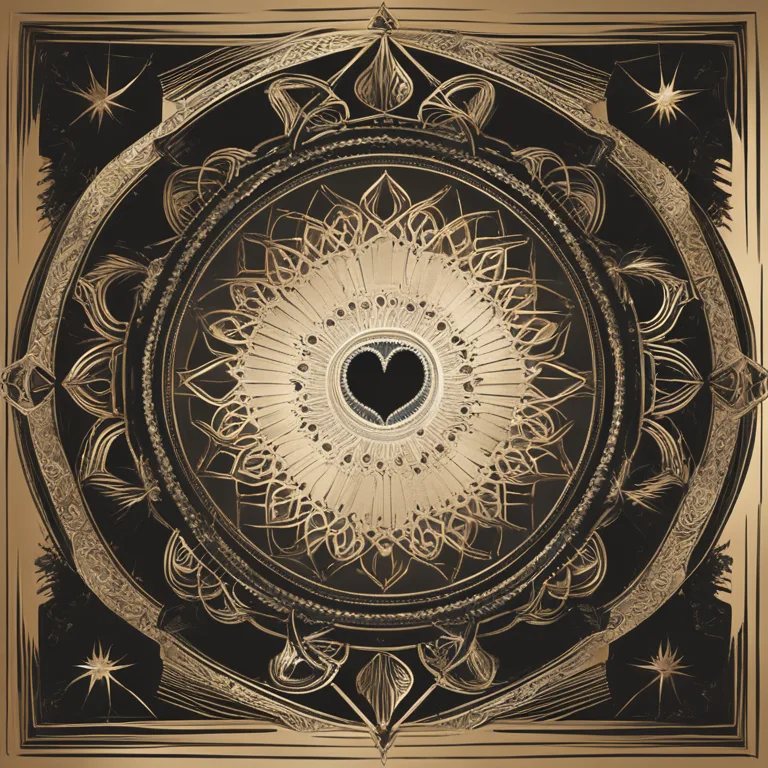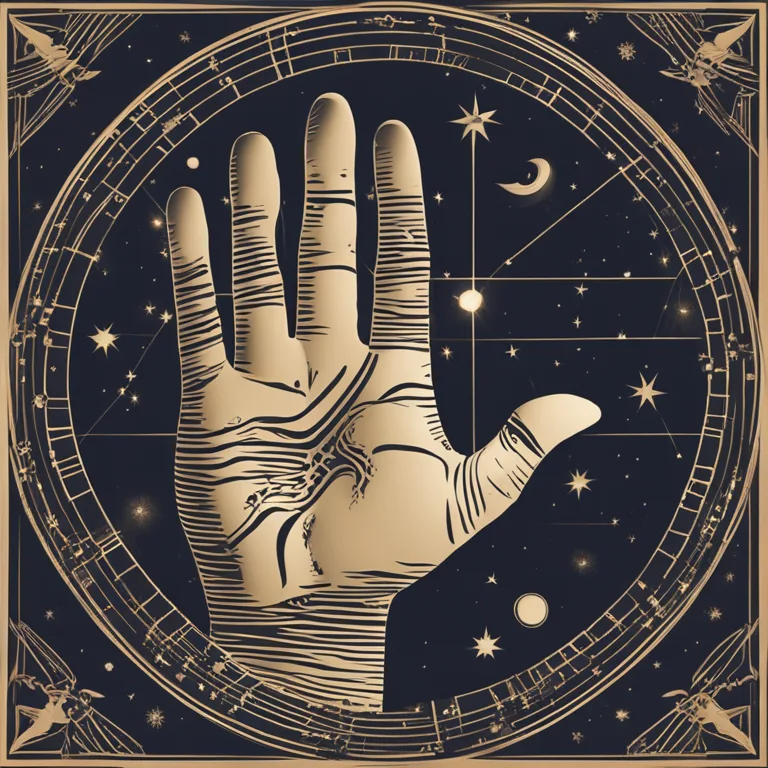
The History Of Palmistry Explored
Delve into the history of palmistry to discover the reasons behind its creation and how it has evolved to become a tool for insight and guidance.
article by Nora Pennington
The Ancient Roots of Palm Reading
Palmistry, or chiromancy, is an ancient practice that spans back thousands of years, rooted in civilizations across the world from India to Greece. It was created out of humanity's innate desire to understand the self and the future. Early astrologers and sages believed that the human hand held vital clues to an individual's life, personality, and destiny. The art flourished alongside astrology, as both sought to interpret the natural signs granted by the cosmic and physical worlds. Cultures around the globe each developed their own methods and interpretations, but the core purpose remained: seeking knowledge and wisdom through the signs etched in our very skin.

Linking Body and Cosmos
Palmistry was created to bridge the human experience with the larger forces of the universe. Practitioners discerned that the unique lines and features found on each person's palm mirrored the celestial alignments under which they were born. This symbiosis suggested that a person's character traits and life path could be discerned through careful analysis of their hands. As astrology charted an individual's life through the position of stars and planets, palmists mapped life stories on the smallest of cosmic canvases – the human palm.

Tools for Self-Understanding and Improvement
Beyond its use as a prognostic tool, palmistry was also created to help individuals understand their strengths and weaknesses. It provided a personalized blueprint for self-improvement and growth. Through the study of one's hands, people could gain deeper insights into their personalities and develop attributes such as willpower, love, or patience. The holistic approach of palmistry reflects its origins as not only a means of fortune telling but also as a path to personal enlightenment and wellness.

Aiding Important Life Decisions
In many societies, palmistry grew in importance as a crucial guide in making life's pivotal decisions - from choosing a marriage partner to selecting a career path. The guiding lines of the palm were thought to indicate compatibility between spouses, or to highlight an individual’s aptitudes which could influence career success. Over time, palmists became respected advisors, linking an individual’s personal choices to the grand design mapped out on their hands.

Modern Adaptation and Psychological Insights
Modern palmistry has shifted towards psychological and self-help aspects, interpreting hands to help individuals cope with the challenges of the present. In the 2024 landscape, the focus is on empowerment and using palmistry as a reflective tool. While the mystical element remains, the practice has been embraced by new-age movements and psychological frameworks that stress personal agency. Current interpretations of palmistry are less deterministic, advocating for free will and the capacity of individuals to shape their destinies.
Preservation and Evolution in the Digital Age
With technological advancements, palmistry has preserved its traditional principles while evolving to meet the digital era's demands. Online palm readings, mobile applications, and virtual consultations have broadened its accessibility, democratizing this ancient wisdom. As we continue to seek connections with our past, and tools for understanding our complex lives, palmistry's creation and enduring relevance remind us of our continued quest for knowledge and meaning.
Published: 1/3/2024
Modified: 1/3/2024
More predictions
Come back here soon to learn more about yourself and your future


The Secrets of Palmistry Travel Lines
Discover the meanings behind the travel lines on your palms and how they may hint at your journey through life.


Palmistry Clues to Predicting Parenthood
Delve into the palmistry lines associated with predicting childbirth and learn what your hands may reveal about future family life.


Palm Lines and Love Connections
Delve into the fascinating world of palmistry and discover how your palms may hold the secrets to love and relationships.